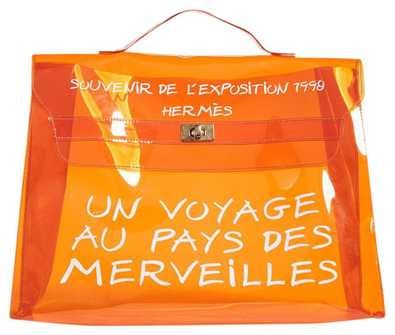Welcome to the Sociology of Business. The Sociology of Business offers a paid membership program. Paid options are for the members of this community who want to be the first to access everything from Web3 brand-building to the new business models and emerging creative formats. Since its inception, the Sociology of Business has been the source code for many other analyses, strategies and brand-building approaches. Members will now have the front-row seat. If you are not yet subscribed, join the community by subscribing below and joining the Sociology of Business Discord. You can find my book, The Business of Aspiration on Amazon and you can find me on Instagram and Twitter. For those new here, in my last analysis, There is no such this as peak collab, I looked into how collaborations went from hype into the domain of brand and business strategy.
A second-hand item can be anything from: a) a previously owned product from the recent or a distant past that can be used, exchanged, rented or sold on a secondary marketplace, b) a catalogue with an intrinsic value of its own due to its art direction, typography or styling, c) a collection of previously owned products sold as a bundle, d) an archival pieces that have never been previously owned, and e) an altered original item, where alteration makes it more valuable.
Second-hand items often become cult objects (e.g. Hermes, Chanel, Vacheron Constantin), justify high prices, create collectibles, and initiate brands in the domain of intangibles. Second hand goods fuel brand growth in mature markets because they relieve the pressure of compressed trend cycles on brands to constantly come up with the new stuff. They also lend a brand a trendy positioning, remove the barrier to a brand’s image and extend a brand’s appeal to multiple audiences. People who’d never consider a brand may go for its second hand item.
The operating system of second-hand strategy is collecting. Second-hand goods are simultaneously equities and collectibles. When someone buys a vintage Chanel, they aren’t actually buying a suit or a bag or a string of pearls; they are investing and collecting.
In terms of business, second-hand assets are gold. They combine two traditionally high margin businesses: luxury and collectibles. The margin of a second hand Pucci is higher than the margin of a brand new Pucci (as is often its price).
Three elements of a second-hand items are: aesthetics, identity and status. Together, they determine the value and utility of a second hand item.
Aesthetics
This dimension is particularly relevant for second-hand items in a) and b) scenarios outlined above: for stand-alone pre-owned products, like a Dior dress, and for vintage Chanel or Louis Vuitton catalogues. Aesthetics is the key determinant of value for both luxury and collectibles markets, and both new and second-hand luxury items have to be visually distinct. The more powerful the aesthetics of a second hand good, the more contagious the idea behind it. Examples are Vivianne Westwood, Oscar de la Renta, Yves Saint Laurent or Comme des Garcons or a timeless Chanel tweed jacket. “That is so Chanel!” is part of our cultural lexicon precisely because the brand’s meaning is compressed in the unmistakably recognizable Chanel Look. This meaning and a point of view - the story - makes both new and second hand goods valuable. Second hand goods are part of the cultural exchange system, not a market segment. In modern culture, things that command our attention are the things that stand out: logos, slogans, prints, memes, references, remixes, riff-offs. But it is the things that stand out and have meaning - an historical meaning, a cultural meaning, a meta-meaning - compressed in one visual that will win in the second hand goods market. They are the hardest to imitate because aesthetics isn’t gloss; it’s the story and the cultural link that holds a community together and that gives it identity. Aesthetics without community is advertising.
This analysis is for paying subscribers. To access it, please select one of the paid subscription options below.
Keep reading with a 7-day free trial
Subscribe to The Sociology of Business to keep reading this post and get 7 days of free access to the full post archives.





